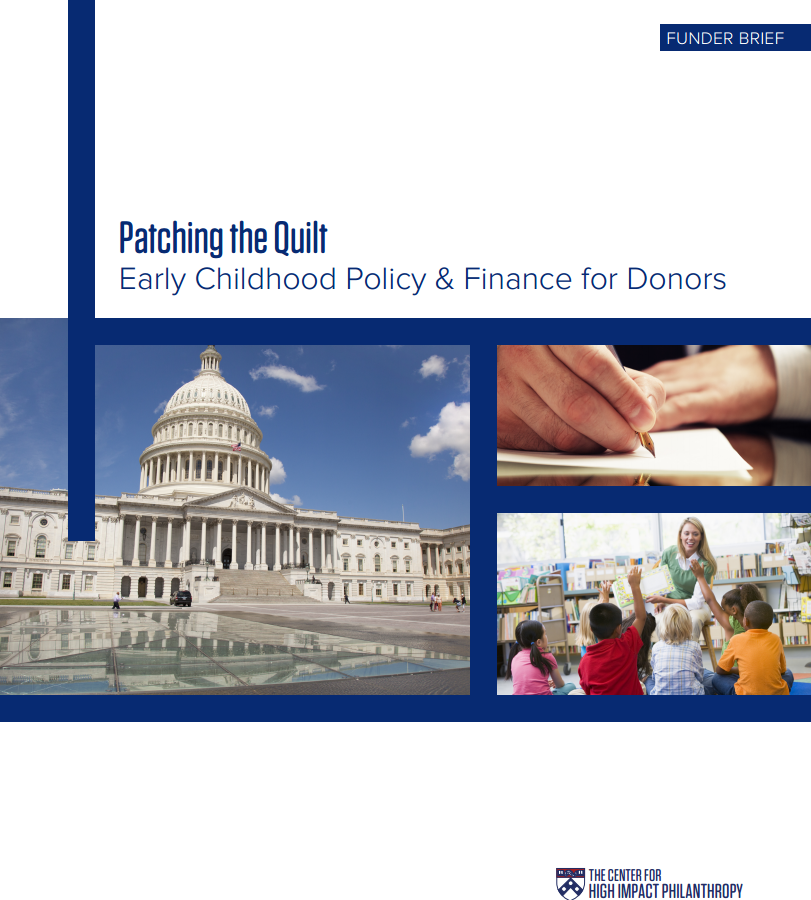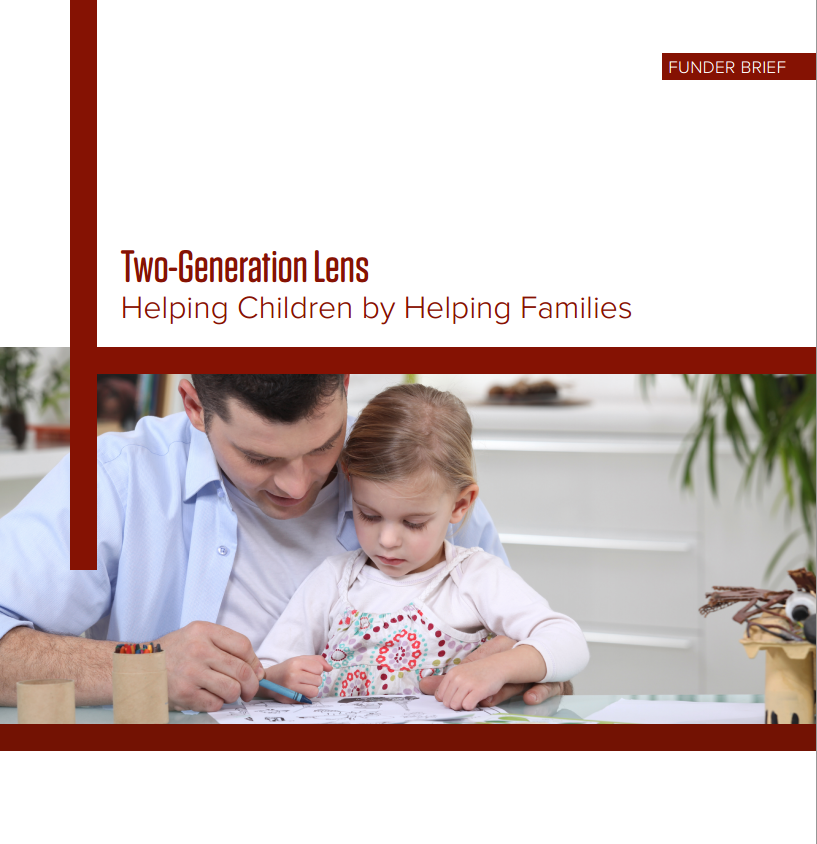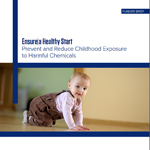Embedded within each of these strategies are a variety of on-ramps for donors to get involved, including:
- High Impact Opportunities: Our analysis of a specific, evidence-based program, including impact, costs, and cost per impact.
- Additional examples: Programs whose work aligns with one of our strategies, but that have not yet been analyzed by our team.
- Other ways donors can follow our strategic guidance beyond supporting direct service programs, such as getting involved in advocacy or systems building at the local, state or national levels.
Weave a web of support for kids and their families
Young children are dependent on parents and caregivers not only for their safety and health, but also for the daily, positive interaction that literally builds children’s brains. Brain research increasingly shows that connections between people build connections between neurons. The research also confirms what many have long understood – prolonged “toxic” stress, such as that produced by homelessness, hunger, neglect, or exposure to violence or abuse, can negatively affect a child’s social, emotional, and cognitive development. There are several ways donors can help prevent or lower the effects of toxic stress on children and promote healthy development. Read more….
Provide great places to learn
From birth onward, children need safe and stimulating places to learn and discover the world. The home is one of those places. But with more parents needing to work outside the home, many rely on daycare centers or other childcare settings to nurture and teach children for substantial periods of time. Just as with schools, not all childcare is the same. While there is good evidence that high quality early learning environments can produce substantial long-term benefits for low-income and at-risk children, the availability and affordability of high quality programs remains inadequate. There are several ways donors can improve the availability and quality of childcare and other learning environments. Read more…
Prepare kids to be strong readers
Over half of American fourth graders are not proficient readers. Reading proficiently by the end of third grade is a crucial educational milestone: further learning in school depends on the ability to read. Research shows that low reading levels at the end of third grade are a reliable predictor of high school dropout. There are many ways to ensure kids master the literacy skills they need to succeed in school and in life. Read more…
More Strategies
For more guidance, see our work on other opportunities in the early childhood sector:
Download our latest funder briefs on early childhood issues to help jumpstart your strategic giving:



